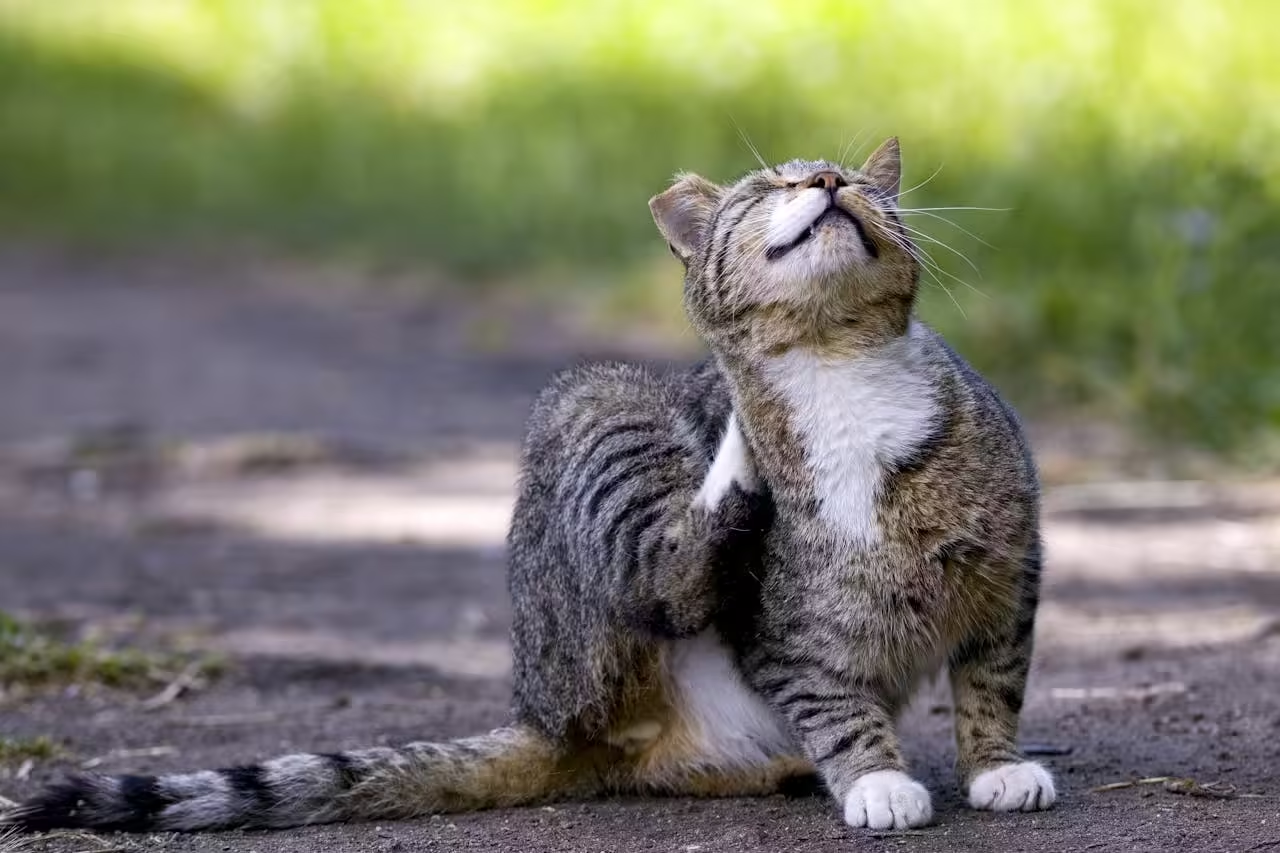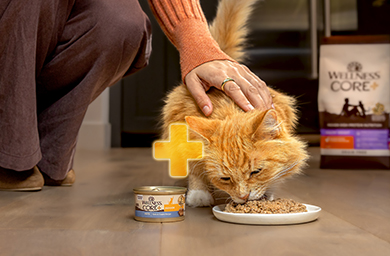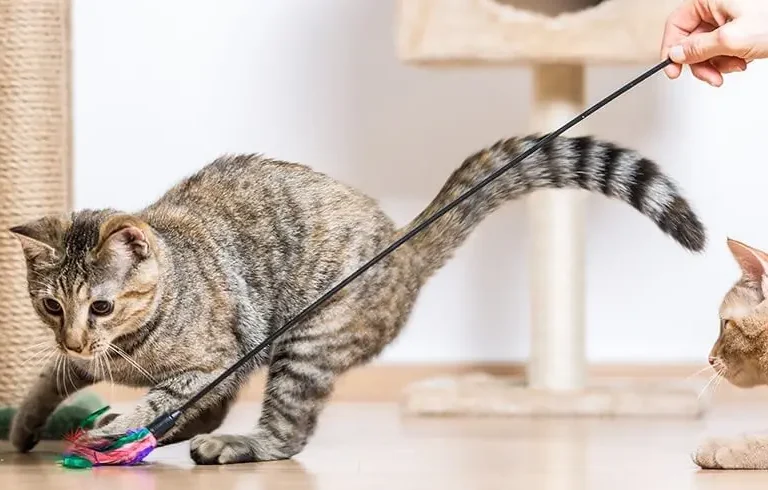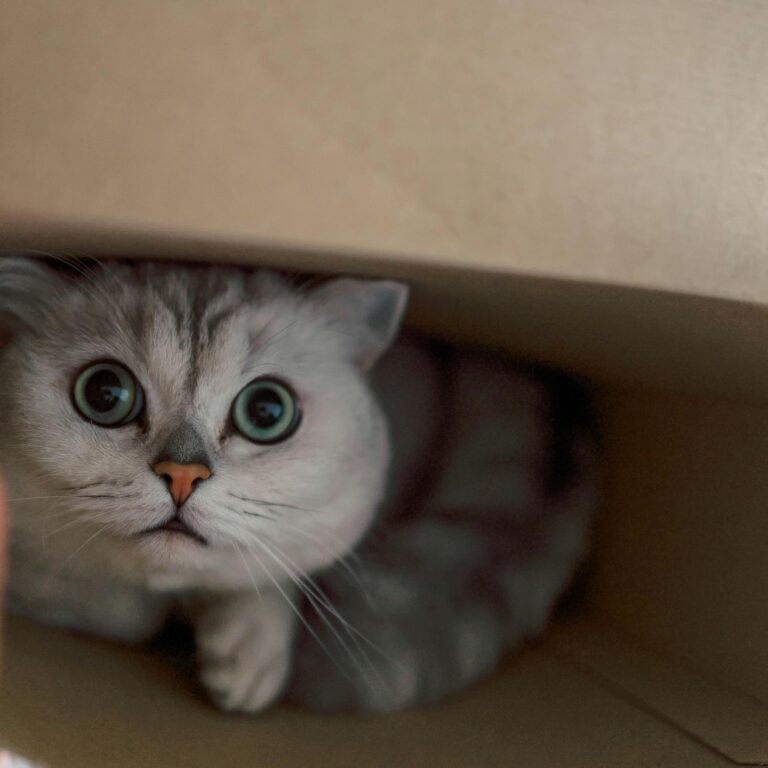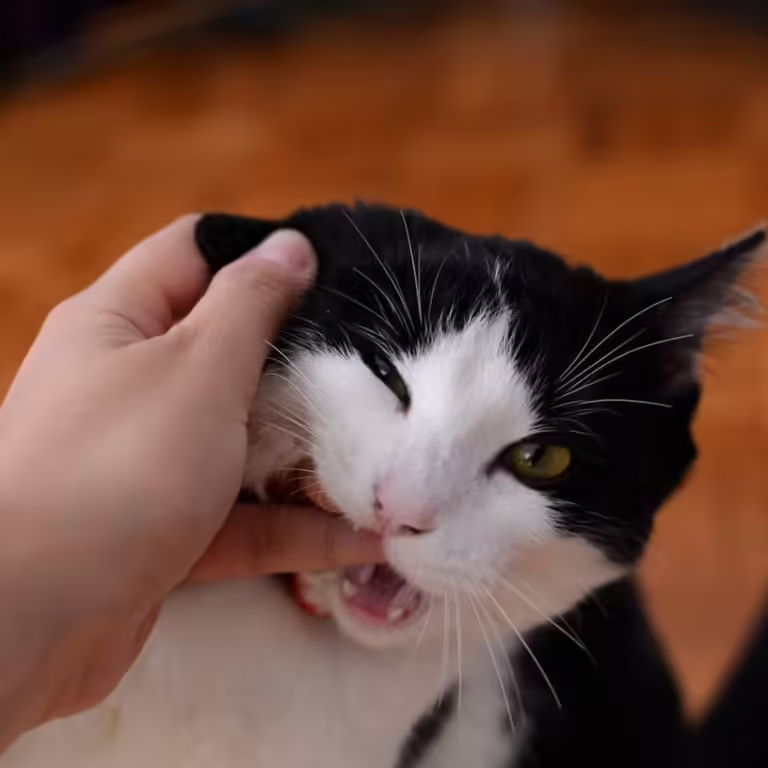Top 8 Natural Homemade Flea Treatments for Cats
If you’re a cat owner, you know how frustrating it can be to deal with fleas. These tiny pests can cause a lot of discomfort for your furry friend, not to mention the health risks they bring. While there are plenty of commercial flea treatments available, many cat owners are turning to homemade solutions. But why? Well, homemade cat flea treatments are not only natural and safe but also cost-effective and environmentally friendly. Let’s dive into the world of homemade remedies and see how you can keep your cat flea-free without relying on chemicals.
Understanding Fleas and Their Impact on Cats
What Are Fleas?
Fleas are small, wingless insects that feed on the blood of mammals, including cats. They’re notorious for their ability to jump long distances and multiply rapidly. A single flea can lay hundreds of eggs, leading to a full-blown infestation in no time. Fleas go through four stages: egg, larva, pupa, and adult. It’s important to restrict them within the early stages.
How Fleas Affect Your Cat’s Health
Fleas are more than just a nuisance. They can cause severe itching, skin infections, and even transmit diseases. In some cases, cats can develop flea allergy dermatitis, a condition where they become allergic to flea saliva. This can lead to intense itching, redness, and hair loss.
Signs That Your Cat Has Fleas
Not sure if your cat has fleas? Look out for these signs:
- Excessive scratching and grooming
- Red or irritated skin
- Visible flea dirt (tiny black specks) on your cat’s fur
- Restlessness and discomfort

Advantages of Homemade Flea Treatments
Homemade cat flea treatments offer a safe, natural alternative to commercial products, which often contain harsh chemicals that can irritate your cat’s skin or cause other health issues. Additionally, homemade natural flea treatments for cats are cost-effective, using ingredients that are easy to find and typically already in your home.
Choosing the best homemade flea treatment for cats allows you to tailor the treatment to your pet’s specific needs, ensuring a safe and comfortable experience. Plus, these natural treatments are environmentally friendly and won’t contribute to the chemical burden on our planet.
Natural Ingredients
One of the biggest benefits of homemade flea treatments is the use of natural ingredients. Unlike chemical treatments, which can be harsh and potentially harmful, natural remedies are gentle on your cat’s skin and overall health.
Cost-Effective Solutions
Let’s face it—commercial flea treatments can be expensive. By making your own flea remedies at home, you can save a significant amount of money. Most of the ingredients used in homemade treatments are affordable and readily available.
Safety for Cats and the Environment
Commercial flea treatments often contain chemicals that can be harmful not only to your cat but also to the environment. Homemade treatments, on the other hand, are eco-friendly and safe for use around your home.
Top 3 DIY Homemade Flea Treatments for Cat
1. Essential Oils as a Flea Repellent: A Soothing, Natural Flea Treatment
Which Essential Oils Are Safe for Cats?
Not all essential oils are safe for cats, so it’s important to choose wisely. Some of the safe options include:
- Lavender: Known for its soothing properties, lavender oil can also repel fleas.
- Cedarwood: Cedarwood oil is a natural flea repellent and is safe for cats.
- Rosemary: This oil is not only a flea repellent but also helps to improve your cat’s skin health.
- Coconut Oil: A Soothing, Natural Flea Treatment. Coconut oil not only helps to repel fleas but also soothes your cat’s skin. It’s an excellent choice for cats with sensitive skin or those who are prone to flea alle
- Neem Oil: A Potent, Natural Flea Repellent. Neem oil is a natural insect repellent that’s safe for cats and effective against fleas. It works by disrupting the flea’s life cycle and repelling them from your cat’s fur.
How to Use Essential Oils Safely
When using essential oils, always dilute them with a carrier oil like coconut oil before applying them to your cat. Avoid using oils directly on your cat’s skin, as this can irritate. Instead, try creating a flea spray.
DIY Essential Oil Flea Spray Recipe
Here’s a simple recipe to make your flea spray:
- Ingredients:
- 1 cup of water
- 10 drops of lavender oil
- 10 drops of cedarwood oil
- 10 drops of rosemary oil
- 1 tablespoon of apple cider vinegar
- Instructions:
- Mix all the ingredients in a spray bottle.
- Shake well before each use.
- Lightly mist your cat’s fur, avoiding the face and eyes.
- Use this spray once a day for best results.
2. Herbal Flea Collars: A Long-Lasting Fleas Solution for Cats
What Are Herbal Flea Collars?
Herbal flea collars are a natural alternative to chemical-based collars. They’re made using a combination of essential oils and herbs that repel fleas.
Step-by-Step Guide to Making a Herbal Flea Collar
- Ingredients:
- A soft fabric collar or a piece of cotton ribbon
- 2 tablespoons of coconut oil
- 5 drops of lavender oil
- 5 drops of cedarwood oil
- 5 drops of eucalyptus oil
- Instructions:
- Mix the essential oils with the coconut oil.
- Soak the fabric collar in the mixture and let it dry.
- Once dry, place the collar on your cat.
- Reapply the oil mixture every two weeks for continued effectiveness.
How Effective Are Herbal Flea Collars?
Herbal flea collars can be quite effective in repelling fleas, especially when used in conjunction with other homemade treatments. However, they may not be as potent as chemical collars, so it’s important to monitor your cat for any signs of fleas.
3. Homemade Flea Shampoos: A Great solution for Cat Flea Treatment
Why Use Homemade Flea Shampoos?
Flea shampoos are a great way to rid your cat of fleas while also keeping their coat clean and healthy. Homemade flea shampoos are free from harsh chemicals and are gentle on your cat’s skin.
Ingredients for a Safe Flea Shampoo
To make a homemade flea shampoo, you’ll need:
- 1 cup of liquid Castile soap
- 1 tablespoon of apple cider vinegar
- 5 drops of lavender oil
- 5 drops of cedarwood oil
DIY Flea Shampoo Recipe
- Instructions:
- Mix the Castile soap, apple cider vinegar, and essential oils in a bottle.
- Wet your cat’s fur and apply the shampoo, lathering it well.
- Let it sit for a few minutes before rinsing thoroughly.
- Use this shampoo once a week to keep fleas at bay.
Best 5 Natural Easy Homemade Flea Treatments for Cat
1. Apple Cider Vinegar Spray: A Simple Solution
Apple cider vinegar is one of the easiest and most popular natural homemade flea treatments for cats. While it doesn’t kill fleas directly, its strong smell and acidity can repel fleas, making your cat a less appealing host.
How to Use:
- Ingredients: Apple cider vinegar, water
- Instructions: Mix equal parts apple cider vinegar and water in a spray bottle. Lightly spray your cat’s fur, avoiding the face and eyes. You can also apply it with a cloth around sensitive areas.
- Frequency: Apply daily until fleas are under control.
2. Diatomaceous Earth: The Fastest Way to Get Rid of Fleas on a Cat
Diatomaceous earth (DE) is a natural powder made from the fossilized remains of tiny aquatic organisms. It’s safe for cats and deadly for fleas. DE works by dehydrating fleas, which kills them quickly and effectively.
How to Use:
- Ingredients: Food-grade diatomaceous earth
- Instructions: Lightly dust your cat’s fur with DE, avoiding the face and eyes. Massage it into the fur, particularly in areas where fleas tend to hide. Leave it on for a few hours before brushing it out.
- Frequency: Apply once a week until the flea problem is resolved.
3. Lemon Spray: A Refreshing, Natural Flea Repellent
Lemon contains citric acid, which is a natural flea deterrent. This easy way to get rid of fleas on cats is both safe and effective, leaving your cat smelling fresh and flea-free.
How to Use:
- Ingredients: Lemon, water
- Instructions: Cut a lemon into thin slices and add it to a pot of boiling water. Let it steep overnight. In the morning, strain the liquid into a spray bottle. Spray your cat’s fur lightly, avoiding the face and eyes.
- Frequency: Use every few days to keep fleas at bay.
4. Baking Soda and Salt: The Best Homemade Flea Treatment for Cats
Baking soda and salt are powerful natural ingredients that can help you get rid of fleas. When used together, they work by dehydrating fleas and their eggs, effectively breaking the flea life cycle.
How to Use:
- Ingredients: Baking soda, salt
- Instructions: Mix equal parts baking soda and salt. Sprinkle the mixture on your cat’s fur and rub it in gently. Leave it on for a few hours before brushing it out.
- Frequency: Apply weekly until you see no more fleas.
5. Flea Comb: The Easiest Way to Get Rid of Fleas on Cats
A flea comb is an essential tool for any cat owner dealing with fleas. This simple device helps to physically remove fleas from your cat’s fur, offering immediate relief.
How to Use:
- Ingredients: Flea comb, warm soapy water
- Instructions: Comb your cat’s fur with a flea comb, focusing on areas where fleas are most likely to be found, like the neck and tail base. Dip the comb in soapy water after each pass to kill the fleas.
- Frequency: Use daily during a flea infestation.
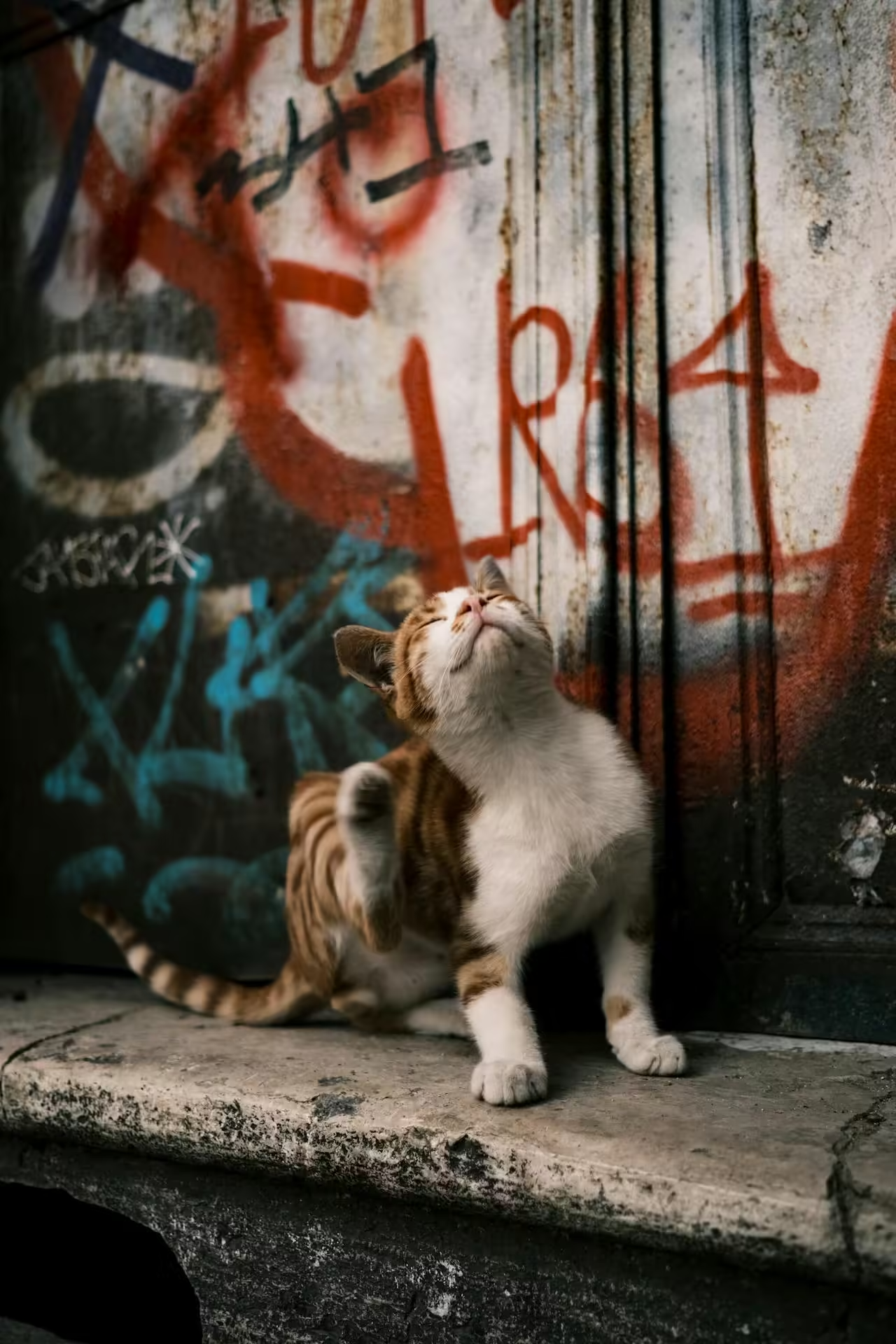
Flea-Repelling Home Environment
Keeping Your Home Flea-Free
It’s not enough to treat your cat; you also need to ensure that your home is free from fleas. Fleas can hide in carpets, bedding, and furniture, so taking steps to eliminate them from your home is crucial.
DIY Flea Traps for the Home
Creating homemade flea traps is an effective way to catch and kill fleas in your home. Here’s a simple method:
- Materials:
- A shallow dish or pan
- Warm water
- Dish soap
- A small night light or lamp
- Instructions:
- Fill the dish with warm water and add a few drops of dish soap.
- Place the dish on the floor in an area where fleas are common.
- Position the light source above the dish to attract fleas.
- Leave it overnight; the fleas will be drawn to the light, jump into the water, and get trapped by the soap.
Repeat this process nightly until you notice a decrease in fleas.
Regular Cleaning and Maintenance Tips
Keeping your home clean is essential for preventing flea infestations. Here are some tips:
- Vacuum regularly: Focus on carpets, rugs, and furniture where fleas and their eggs might be hiding.
- Regular Grooming: Brush your cat regularly to catch fleas early and keep their coat healthy.
- Wash bedding: Clean your cat’s bedding and your own at least once a week in hot water to kill any fleas.
- Steam clean carpets: If you have a significant flea problem, consider steam cleaning your carpets to kill fleas at all stages of their life cycle.
- Maintain a Clean Yard: If your cat goes outdoors, keep your yard free of debris and tall grass where fleas might hide.
Precautions When Using Homemade Flea Treatments
Allergic Reactions to Watch Out For
While homemade flea treatments are generally safer than chemical alternatives, it’s still important to monitor your cat for any allergic reactions. Signs of an allergic reaction may include:
- Redness or swelling of the skin
- Excessive scratching or licking
- Difficulty breathing (in severe cases)
If you notice any of these symptoms, discontinue the treatment immediately and consult your veterinarian.
Consulting with Your Veterinarian
Before starting any homemade flea treatment, it’s always a good idea to consult with your veterinarian. They can guide the best options for your cat and help you avoid any potential risks.
Monitoring Your Cat’s Health
Regularly check your cat’s skin and fur for signs of fleas or irritation
When to Seek Professional Help
Recognizing Severe Flea Infestations
In some cases, homemade flea treatments may not be enough to handle a severe infestation. If your cat is experiencing severe discomfort, hair loss, or skin infections, it’s time to seek professional help.
Understanding When Homemade Remedies Aren’t Enough
While homemade treatments can be effective, they may not be as potent as commercial options. If your cat’s flea problem persists despite your efforts, consider using a combination of homemade and commercial treatments.
Working with a Vet for a Comprehensive Flea Treatment Plan
Your veterinarian can help you develop a comprehensive flea treatment plan that combines natural remedies with safe, effective commercial products. This approach ensures that your cat receives the best care possible.
Frequently Asked Questions
Conclusion
Fleas are a common problem for cats, but you don’t have to rely solely on chemical treatments to keep them at bay. With a little creativity and the right ingredients, you can create effective homemade flea treatments that are safe for your cat and the environment. Whether you’re using essential oils, herbal flea collars, or flea-repelling diets, these natural solutions can help keep your cat happy and healthy.

